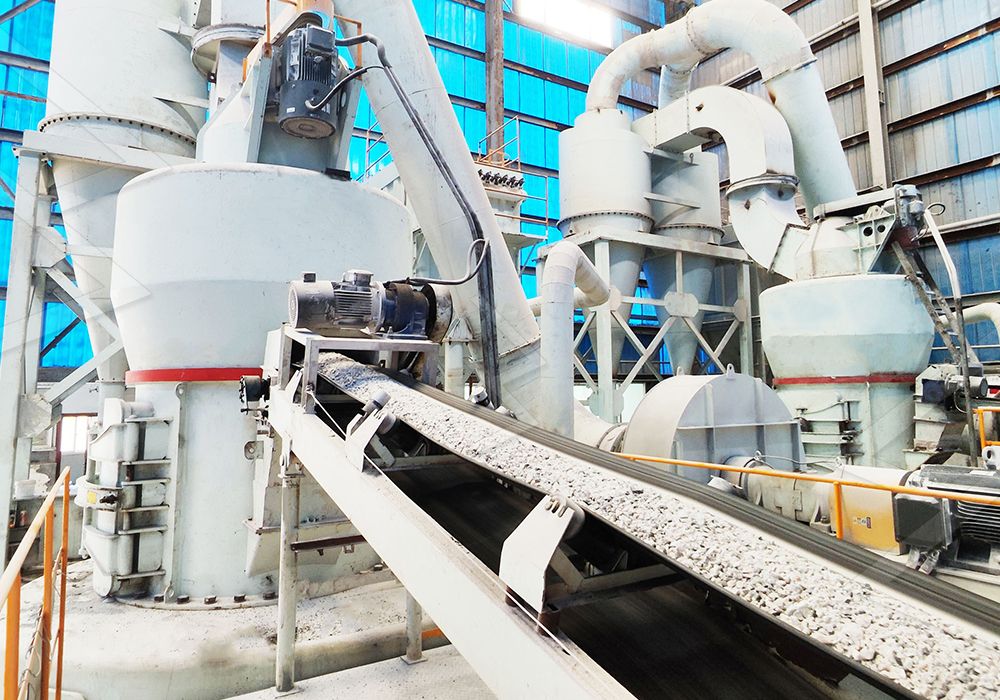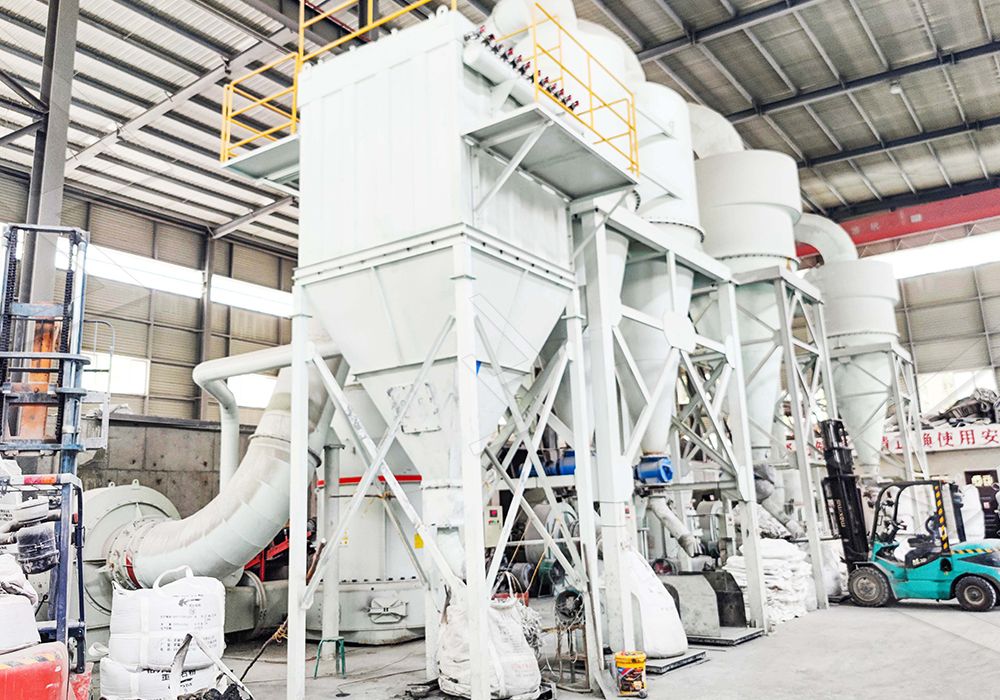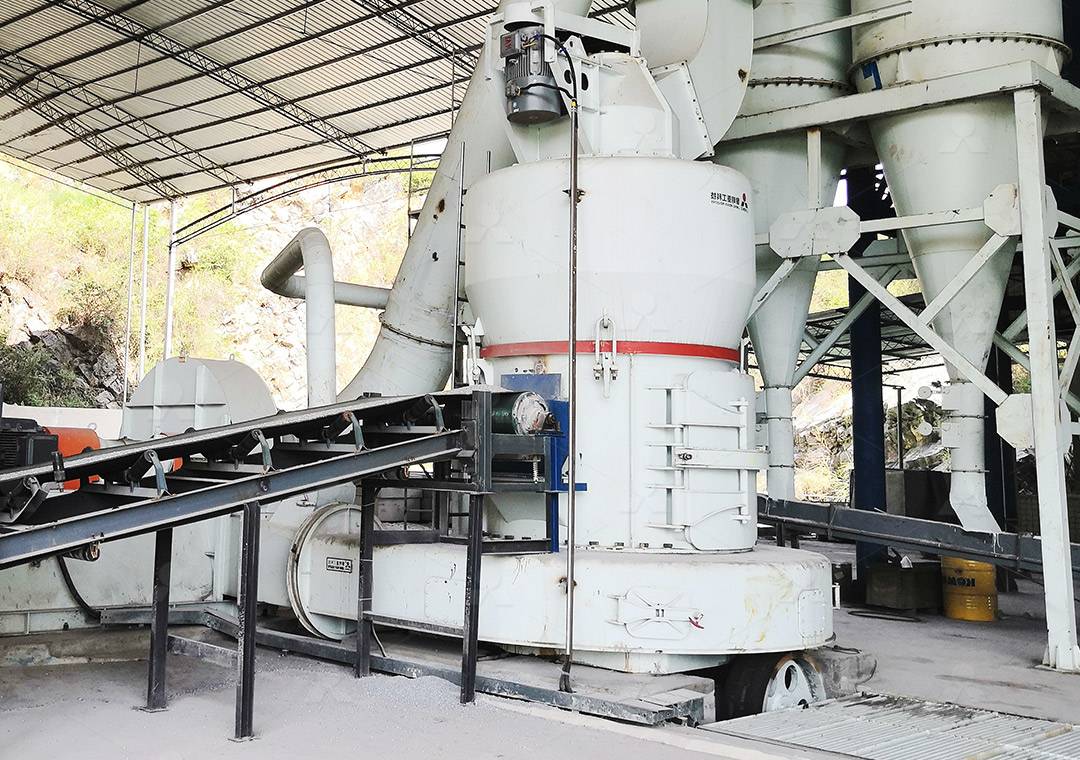River Pebble T-type Grinding Mill: Efficient Processing for Construction and Industrial Applications
River Pebble T-type Grinding Mill: Efficient Processing for Construction and Industrial Applications
In today’s demanding construction and industrial sectors, efficient material processing isn’t just an advantage—it’s a necessity. River pebbles, with their exceptional hardness and durability, present both a challenge and opportunity for grinding operations. The right milling technology can transform these robust natural materials into high-value powders for concrete production, road bases, and various industrial applications.

Traditional grinding approaches often struggle with river pebbles’ abrasive nature, leading to excessive wear, high maintenance costs, and inconsistent particle size distribution. What the industry requires is specialized equipment designed to handle these specific material characteristics while maintaining operational efficiency and cost-effectiveness.
The Evolution of Pebble Grinding Technology
Early grinding solutions for hard materials like river pebbles typically involved ball mills or conventional Raymond mills. While functional, these systems often consumed excessive energy and produced limited output with inconsistent quality. The introduction of advanced grinding mill designs has revolutionized how processors approach challenging materials.
Modern T-type grinding mills incorporate sophisticated engineering principles that address the specific challenges of processing river pebbles. These systems feature optimized grinding curves, advanced material flow patterns, and robust construction that withstands the abrasive nature of hard stone processing.
Key Considerations for River Pebble Processing
When selecting grinding equipment for river pebble applications, several factors demand careful consideration. The mill must handle input sizes typically ranging from 0-50mm while producing consistent output between 325-2500 meshes. Production capacity requirements vary significantly depending on application, with many operations needing between 5-55 tons per hour.
Energy consumption represents another critical factor. Advanced grinding systems can reduce power usage by 30-50% compared to traditional ball mills while increasing output by up to 40%. This combination of higher efficiency and lower operating costs makes modern grinding technology particularly attractive for high-volume processing operations.

Advanced Grinding Solutions for Demanding Applications
For operations requiring ultra-fine powder production from river pebbles and similar hard materials, the MW Ultrafine Grinding Mill represents a technological breakthrough. This sophisticated system handles input sizes of 0-20mm with production capacities ranging from 0.5-25 tph, making it ideal for precision grinding applications.
The MW series incorporates several innovative features that specifically benefit river pebble processing. Its newly designed grinding curves for rollers and rings enhance grinding efficiency significantly. Independent testing confirms production capacity increases of 40% compared to jet grinding mills and doubled output versus traditional ball grinding mills, all while reducing system energy consumption to just 30% of jet mill requirements.
Perhaps most importantly for abrasive materials, the MW Ultrafine Grinding Mill eliminates rolling bearings and screws within the grinding chamber. This design innovation prevents damage to bearing and sealing components while eliminating machine failure risks from loose screws—common problems when processing hard materials like river pebbles.
Environmental and Operational Benefits
Modern grinding technology addresses not only efficiency concerns but also environmental considerations. Advanced pulse dust collection systems ensure no dust pollution occurs during milling operations, while integrated silencers and noise elimination rooms reduce acoustic impact. These features allow operations to meet stringent environmental standards without compromising productivity.
The precision engineering extends to digital processing capabilities, with numerically controlled machine tools ensuring high machining accuracy for all components. This digital approach guarantees consistent performance and reliable operation across extended production runs.

For operations requiring vertical grinding solutions, the LUM Ultrafine Vertical Grinding Mill offers exceptional performance with input sizes of 0-10mm and capacities of 5-18 tph. Its unique roller shell and lining plate grinding curve design generates material layers more effectively, enabling high finished product rates through single-pass powder milling.
Application Versatility Beyond River Pebbles
While optimized for river pebble processing, advanced grinding mills handle diverse materials including limestone, calcite, dolomite, petroleum coal, gypsum, barite, marble, talc, and various industrial powders. This versatility makes them valuable assets for operations processing multiple material types or anticipating future diversification.
The construction industry particularly benefits from consistent, high-quality powders produced by these advanced grinding systems. Uniform particle size distribution improves concrete strength and workability while reducing cement requirements—delivering both performance and cost advantages.
Frequently Asked Questions
What makes river pebbles particularly challenging to grind?
River pebbles possess exceptional hardness and abrasive qualities that accelerate wear on conventional grinding components. Their rounded shape also presents unique processing challenges compared to fractured quarry materials.
How does the MW Ultrafine Grinding Mill achieve higher efficiency with river pebbles?
The MW series incorporates optimized grinding curves, advanced powder selection technology, and a bearing-free grinding chamber design that specifically addresses the challenges of hard, abrasive materials. These features collectively improve efficiency while reducing maintenance requirements.
What environmental benefits do modern grinding mills provide?
Advanced systems feature integrated pulse dust collectors that eliminate particulate emissions, noise reduction technology, and energy-efficient designs that reduce power consumption by 30-50% compared to traditional milling equipment.
Can these grinding systems process materials other than river pebbles?
Yes, these versatile mills handle numerous materials including limestone, calcite, dolomite, gypsum, barite, marble, talc, and various industrial powders, making them suitable for diverse processing applications.
What maintenance advantages do these systems offer?
The elimination of rolling bearings and screws in the grinding chamber significantly reduces maintenance requirements. External lubrication systems enable continuous 24-hour operation without shutdowns for maintenance, while digital monitoring provides early warning of potential issues.
